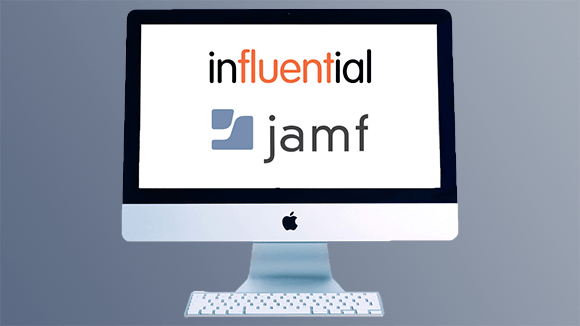

HTTP: For querying the Jamf Pro server to get back XMLīrown installed this directly on their on-site Jamf Pro implementation located on a Linux server.LWP: Adds core functionality for web programming.The GAM tool, according to its GitHub page, is a “command line tool for Google Workplace admins to manage domain and user settings quickly and easily.” Brown discovered that he could use Perl to create his automation with the addition of a few modules: Tools for automationīrown was already using the GAM tool, a Google Workspace Integration, for managing student accounts and the Jamf API to assign static user groups. This new demand brought a set of questions- how can we automate making a class on Google Classroom? How do we get the data from one system to another? Brown decided to automate the process with tools he already had in his toolbox: the Google Apps Manager (GAM) tool, Google Workspace, and the Jamf API. They decided to adopt Google Classroom across the board and use the information already in their Jamf implementation to populate their Google classes. As a Google Workspace Institution and 1-to-1 iPad high school, they had the tools for remote learning but no standard method. This ecosystem is actively being worked on by a team of engineers, and more updates are to follow.At the cusp of COVID-19, Rob Brown needed to respond to Foxcroft Academy’s imminent shift into remote learning. So what has happened since Tyrrell’s 2021 JNUC presentation? This initiative now has an expanding and dedicated engineering team and new APIs are already being developed.

One-click installs for first- and third-party integrations.A clear path to migrate between current products and the new model.A new developer portal to manage API access, event subscriptions and more.Standardized APIs across the Jamf platform.Evolved event driven design between APIs and systems at Jamfs.In his presentation, Tyrrell goes into detail about these enhancements to the API: In fact, having APIs owned by a team at Jamf who is responsible for their API and developing a common style guide and data model can ensure a cohesive experience throughout. This “API-first” mindset has a unified gateway with one authentication scheme and standard languages that makes it easier for developers to work with all Jamf APIs. The Jamf API Ecosystem is intended as the platform for the future with a unified API for all Jamf products and third-party Jamf integrations. A wholistic way for developers to approach APIsĬurrently Jamf Pro, Jamf School and Jamf Protect have their own APIs with their own authentication scheme.To improve the developer and customer experience, Tyrrell mentioned a focus on these areas:
#Jamf pro api software
Developers also must own the entire lifecycle of their software the lack of a standard procedure means that customers have inconsistent experiences when using different third-party apps.
#Jamf pro api manual
He reported that developers face challenges because of the manual and complex nature of developing their application. He discussed the third-party developer experience when working with the Jamf API and the customer experience when using these third-party apps.

In JNUC 2021, Tyrrell gave a presentation about the Jamf App Platform concept.


 0 kommentar(er)
0 kommentar(er)
